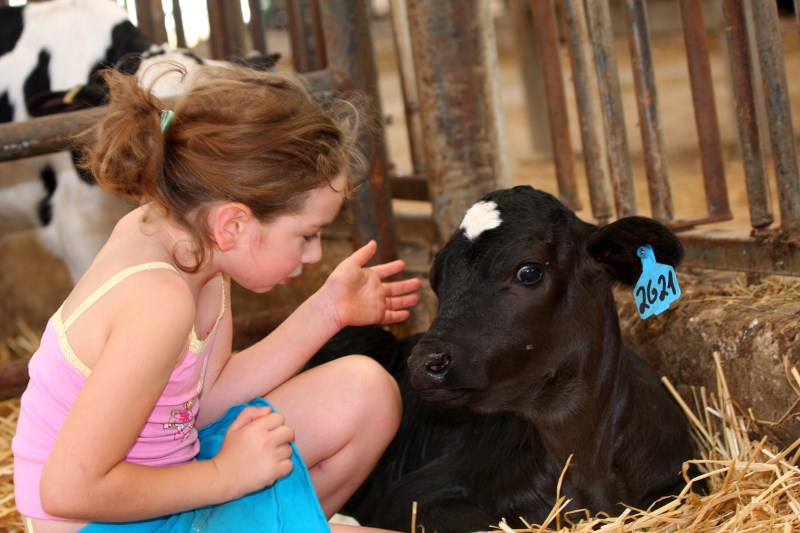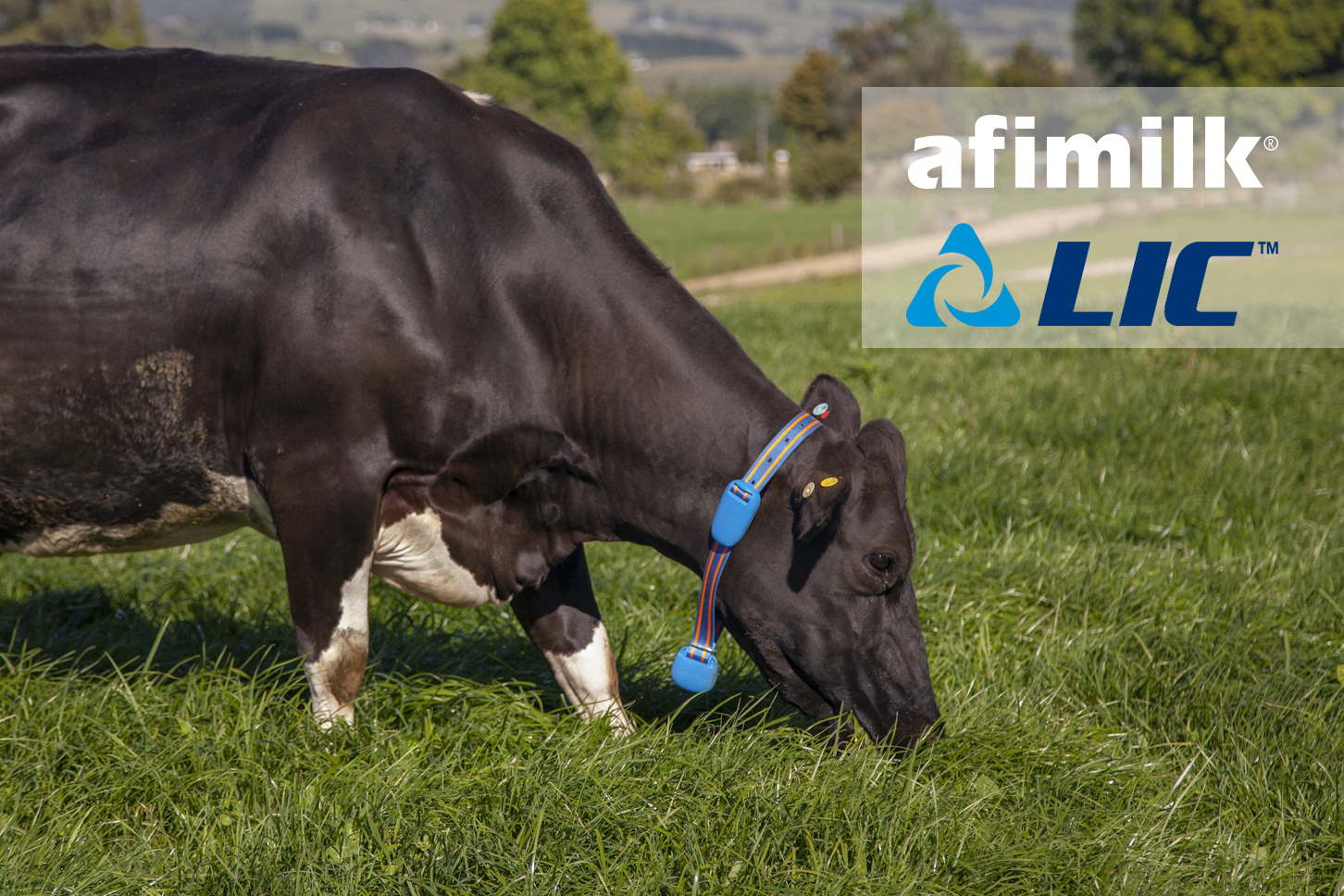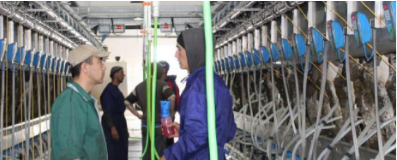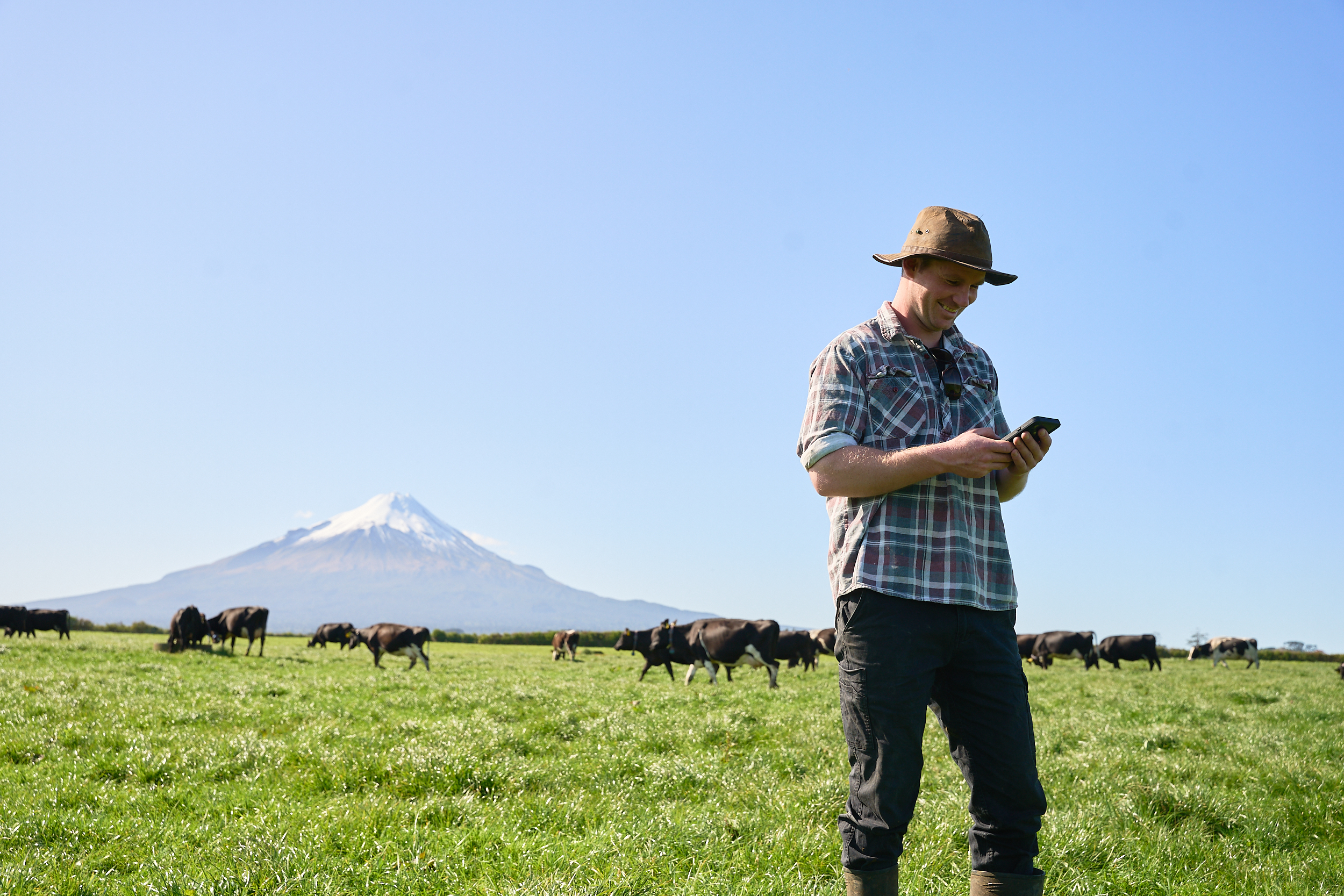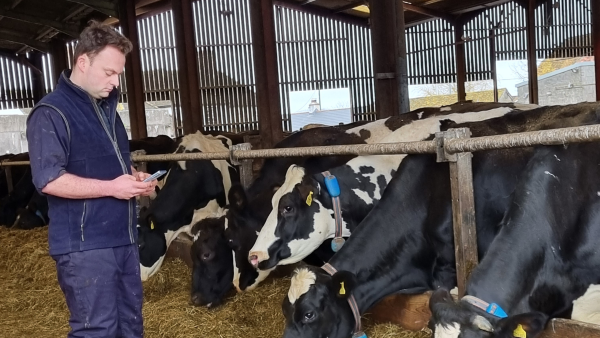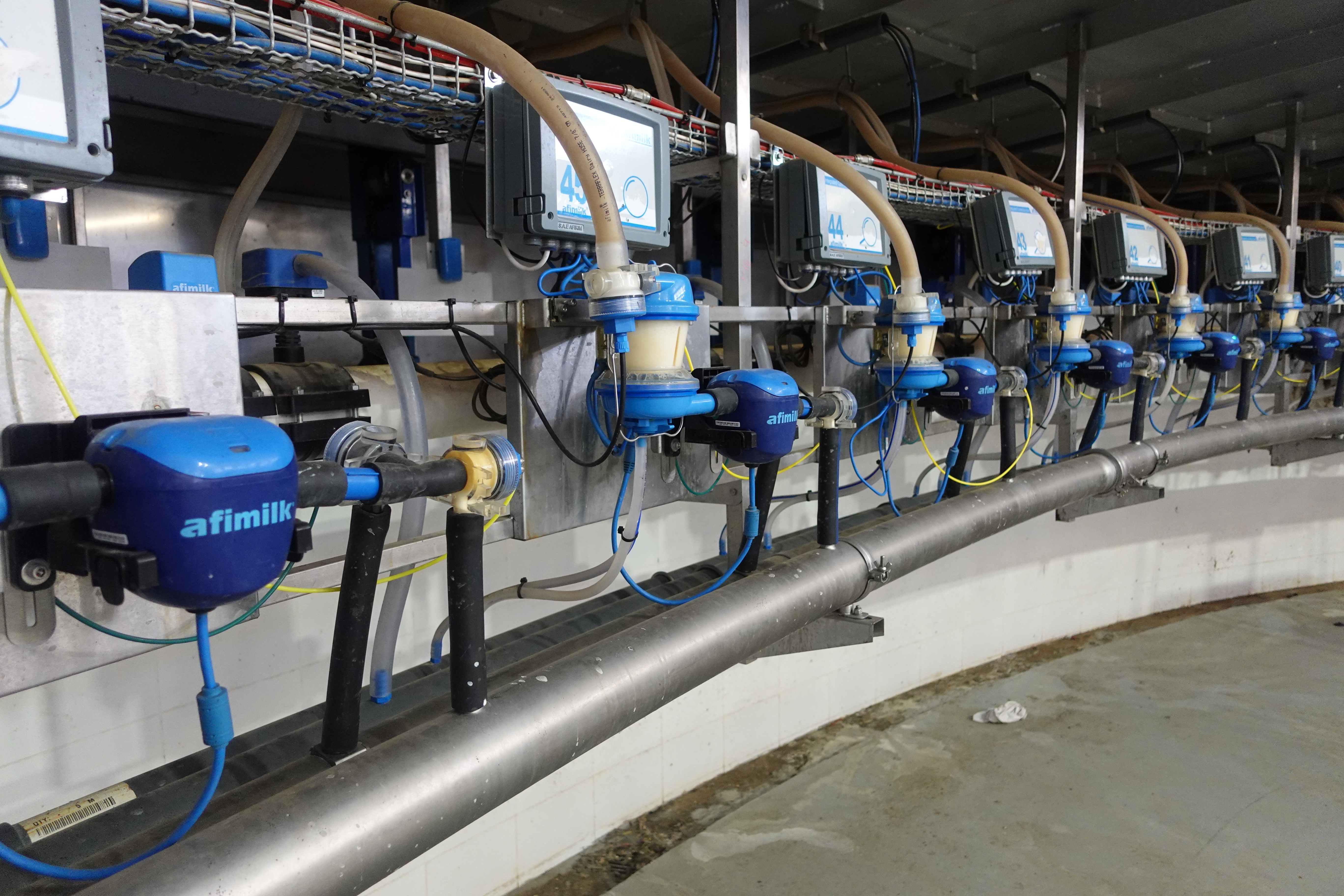Mississippi State University
Selecting Sires for Improved Calves
Calf rising actually begins with the breeding process. The genetic inheritance of the calf is established when the heifer or cow is bred. The sire and the dam each contribute 50 percent to the calf’s genetic inheritance. Since you already have the heifer or cow, you can do little to change this half of the calf’s genetic makeup. The greatest effect on inheritance will come from the sire you select. Selecting bulls with high PTA’s for production and type offers the greatest opportunity for improvement in a herd.
Care at Calving
When calving signs appear, the cow should be placed in a clean, dry area. After the water bag (amnion) appears, normal delivery takes place within 6 hours. After the calf’s front feet appear, delivery should follow in about 1 hour.
Observe the cow often but leave her alone unless assistance is truly necessary. If the animal needs assistance at calving, you should have properly sterilized equipment available: a bucket, obstetrical pulling chains, soap, ample lubricant, and disinfectant solutions. Be sure the arms and hands of the person assisting are clean and sanitized and that the vulva and surrounding area of the animal are clean and sanitized. Correcting any abnormal position of the calf and using generous lubrication are two vital procedures for assisting in calf delivery.
Care of Calf from Birth through Weaning
Immediately after birth, identify the calf by ear tag or neck strap. Dip the navel cord in a strong iodine solution the following day. This practice kills existing organisms on the cord and decreases the risk of complications from “navel ill.”
General Recommendations
- Tattoo (green) both ears. Be careful to allow for a Brucellosis vaccination tattoo in the right ear.
- Dehorn the calf in the first 10 days.
- Weigh the calf and record the weight in a calf book. A heart girth tape is acceptable to use in determining weight. Record tape measurements in inches if a special weight tape are not available.
- Make a record card for the calf (tattoo, sire, dam, birth date, and birth weight.) Other information such as colostrum quality, etc., also can be recorded.
Housing
Place the calf in an individual pen. Outside portable pens are the most successful under Mississippi conditions. Calf pens should be clean, dry, and well-bedded. Use a clean area, and place calves in the pen by chronological age. Pens should be moved uphill periodically and rebedded. Calf barns should be well-ventilated and kept free of drafts. Calves should always be kept in separate pens, where they are unable to touch each other.
Remember, if the calf raiser is unwilling to lie down in the pen, then it requires cleaning and
rebedding. Information on constructing calf pens and hutches can be obtained from the Department of Animal and Dairy Sciences at Mississippi State University.
Recommended Feeding Practices
- Always follow strict sanitation practices. Thoroughly clean and sanitize buckets and nipple bottles after each use.
- Arrange calves in chronological order by birth dates. Be careful to feed sick calves last to minimize the spread of disease.
- Clean, fresh water should be provided at all times. Research has shown that preweaning weight gains are higher and the incidence of scours is lower when calves are given free-choice water.
Importance of Colostrum Feeding
The importance of colostrum feeding cannot be overemphasized. A calf is born essentially without any immunity (resistance) to infection and disease. Newborn calves acquire both immunity against many diseases as well as certain minerals and vitamins from the cow’s first milk, colostrum. Antibodies (immunoglobulins) in the colostrum are absorbed intact through the intestinal wall during the first 24 hours of life, with absorption beginning to decline about 2 hours after birth. Try to give the calf its first colostrum as soon as possible after calving.
Colostrum-Feeding Suggestions
Do not permit nursing. Feeding with a bottle lets you measure the amount of colostrum fed and allows you to check for antibody content. This can be done by using a relatively low-cost colostrometer. Good-quality colostrum will have a reading of at least 75 to 100 mg/dl.
Calves should be given colostrum immediately after birth. Tube feeding is recommended for calves unable to suck a bottle. Each calf should be given 1 1/2 to 2 gallons in the first 24 hours of its life. A suggested schedule is 2 quarts within 4 hours of birth, 2 more quarts within 12 hours of birth, and 2 more by 24 hours of birth.
Since most cows produce more colostrum than their calves need, freeze the rest to save for the occasional calves that need higher quality colostrum than their dams can produce. Freeze only colostrum that has a concentration of 75 to 100 mg/dl or higher. Two-quart containers are convenient, and they should be labeled with the date and concentration of collection.
Liquid Feeding
Extra colostrum and discarded milk from antibiotic-treated cows can be used to feed calves.
The amount of liquid (milk or replacer) you feed daily should be 8 to 10 percent of the body weight. Many calves perform well when fed all their milk at one feeding a day. Once-per-day feeding saves time in feeding and washing nurse buckets.
Suggested Milk Feeding Schedule:
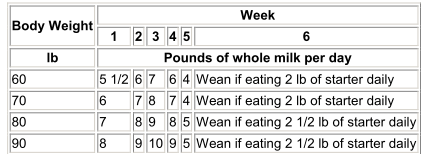
Milk replacers are acceptable to use if they are of good quality. The label on milk replacer bags will display the information needed to assess ingredients and nutritional value.
Generally, milk replacers high in milk by-products and low in plant by-products are higher in quality. Replacers should be at least 20 percent protein, not less than 12 percent fat, and less than 1 percent fiber. Mixing should be done according to the manufacturer’s recommendations. Calf performance information collected on your farm will assist you in evaluating the milk replacer used.
Dry Feeding
Offer the calf a special starter feed when you place the calf in a pen. Feed only a small amount, and increase the rate of feeding as the calf’s appetite increases. Change feed daily, and feed what’s refused to older calves.
A good calf starter (with about 20 percent crude protein) includes:
- Coarsely ground corn 50 lb
- Crushed or rolled oats 15 lbSoybean meal – 48% 25 lb
- Dried molasses 7 lb
- Limestone 2 lb
- Dicalcium phosphate 1 lb
- Trace mineralized salt 0.5 lb
Also add these supplements:
- Vitamin A 3,000 IU per lb starter
- Vitamin D 500 IU per lb starter
- Vitamin E 15 IU per lb starter
- Antibiotic 20 milligrams of terramycin or aureomycin per lb starter
Calves can be weaned when consuming 2 to 2 1/2 pounds of starter daily. Provide small amounts of high-quality grass hay, starting at the time the calf is eating 2 pounds of starter per day.
Scours Treatment
At the first sign of scours, begin electrolyte therapy. A commercially available powder mixed with water is as cost effective as good homemade products. If the calf is bright and alert, there is little benefit to withholding milk. Feed these calves milk and electrolytes separately. In weak or depressed calves that will still suck, give only electrolytes equivalent to 10 percent of body weight the first day. The second day, begin milk at 5 percent of body weight in addition to electrolytes, and then gradually increase the milk back to normal feeding amounts over the next 2 to 3 days.
Antibiotics may be indicated with scours, but many forms of scours are caused by viruses or other types of microorganisms. Consult your veterinarian for guidance on the use of antibiotics in scouring calves.
Care of Calves after Weaning
Allow the calf to eat up to 5 pounds per day of calf starter and all the hay it will eat. Starter is usually fed up to 3 months. After 3 months, you can use a good grower ration. Following is a good calf grower mixture (containing about 18 percent crude protein):
- Coarsely ground corn 55 lb
- Crushed or rolled oats 15 lb
- Soybean meal – 48% 20 lb
- Dried molasses 7 lb
- Limestone 2 lb
- Dicalcium phosphate 1 lb
- Trace mineralized salt 0.5 lb
Also adds Vitamin A: 2,000 IU per pound of grower, Vitamin D: 400 IU per pound of grower, and Vitamin E: 10 IU per pound of grower. Feed the grower mixture up to 6 months, and then switch to herd concentrate.
Grouping of Calves
The first 2 weeks after weaning, calves should remain alone. After this period, they may be grouped. Grouping calves generally prevents sucking.
Before grouping, worm them with a good dewormer and vaccinate (PI3, IBR, blackleg, and malignant edema). Other things to do before grouping:
- Remove extra teats.
- Take body weight.
- Be sure identification is still in ear.
- Record all vaccinations and body weights.
Feeding after Grouping
From grouping to 6 months, feed 5 pounds of calf grower daily and free-choice, high-quality hay. You may substitute pasture when it is available. From 6 months to 1 year, feed 0-7 pounds of herd concentrate daily; limit fed-silage, greenchop, or free-choice hay. You may substitute pasture when it is available. From 1 year to 2 months before freshening, feed 0-7 pounds of herd concentrate daily, depending on quality of forage available. All heifers should continue to grow and gain weight but should not get overly fat.
Disease Prevention and Conditioning
Observing calves at least twice daily is extremely important. Detecting sickness early and giving prompt treatment cannot be overemphasized. Heifers should be checked daily for eye, foot, and sucking problems and other abnormalities. Immediate attention to a problem is important. At no time should heifers be placed with mature cows until 30 to 60 days before calving.
Vaccination and Deworming Schedule for Calves
- Feed ionophores for coccidia control up to 20 months old.
- Deworm at 1 month after weaning and vaccinate for IBR, PI3, and blackleg.
◦ 7-way clostridium
◦ IBR
◦ PI-3
◦ BVD – killed vaccine
◦ BRSV
◦ 5-way Lepto
◦ Deworm
◦ Height and weight measurements
- 6 months old — Repeat all vaccinations that used killed vaccines.
DO NOT REPEAT BRUCELLOSIS VACCINATION.
- 8 months old — Deworm
- 12-13 months old (prebreeding) or 45 days prebreeding
◦ PI-3 – killed vaccine
◦ BVD – killed vaccine
◦ BRSV – killed vaccine
◦ 5-way Lepto
◦ Deworm
◦ Height and weight measurements
- 14-15 months — Breeding
- 15 months old — Deworm
◦ Height and weight measurements
◦ Magnet to pregnant heifers
- 18 months old — Deworm
◦ IBR – killed vaccine
◦ PI-3 – killed vaccine
◦ BVD – killed vaccine
◦ BRSV – killed vaccine
◦ 5-way Lepto
- 24-25 months old (calving) — Height and weight measurements
Note: Modified live vaccines for IBR and BVD can be used, but consult your veterinarian for schedules and precautions.
External Parasites
External parasites (flies and lice) should be controlled on a regular basis (approximately at 10-day intervals) using an approved dairy cattle insecticide. This practice is important for good performance and sound udders. The use of Vigilante Boluses for fly control in late March and again in early July is a good control measure in an external parasite control program.
Growth Chart
Growth rates before puberty have been shown to be related to the future productive life of cows. Inadequate or excessive growth rates are not economical. Optimum growth rates are not the same as maximum growth rates. Extensive research has established optimal growth rates for most breeds of dairy cattle. The majority of dairy cattle in Mississippi are either Holstein or Jersey; the charts below illustrate optimal growth rates for these breeds. Information on other breeds can be obtained from the Department of Animal and Dairy Sciences at Mississippi State University.
Range of Recommended Holstein Heifer Weights and Heights:
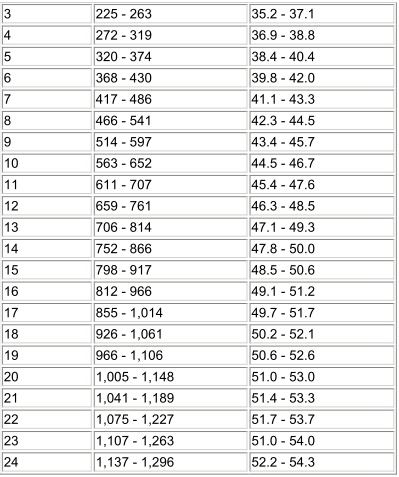
Range of Recommended Jersey Heifer Weights and Heights:
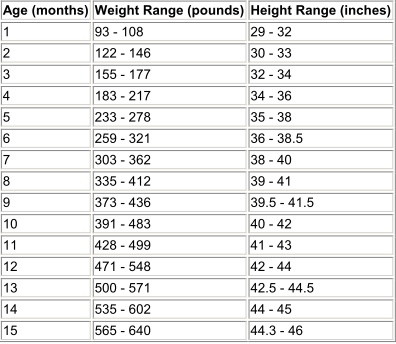
Charts compiled from Standards of Weight and Height for Holstein Heifers, Heinrichs, A.J. and G.L. Hargrove, Journal of Dairy Science 70:653-660.
Revised by Dr. Reuben Moore, Extension Dairy Specialist, Department of Animal and Dairy Sciences; Dr. Bruce Clark, Associate Professor, College of Veterinary Medicine; and Dr. Jim Tomlinson, Nutritionist, Department of Animal and Dairy Sciences.
Mississippi State University does not discriminate on the basis of race, color, religion, national origin, sex, age, disability, or veteran status.
Information Sheet 1011
Extension Service of Mississippi State University, cooperating with U.S. Department of Agriculture. Published in furtherance of Acts of Congress, May 8 and June 30, 1914. Ronald A. Brown, Director
Copyright by Mississippi State University. All rights reserved.
This document may be copied and distributed for nonprofit educational purposes provided that credit is given to the Mississippi State University Extension Service.
